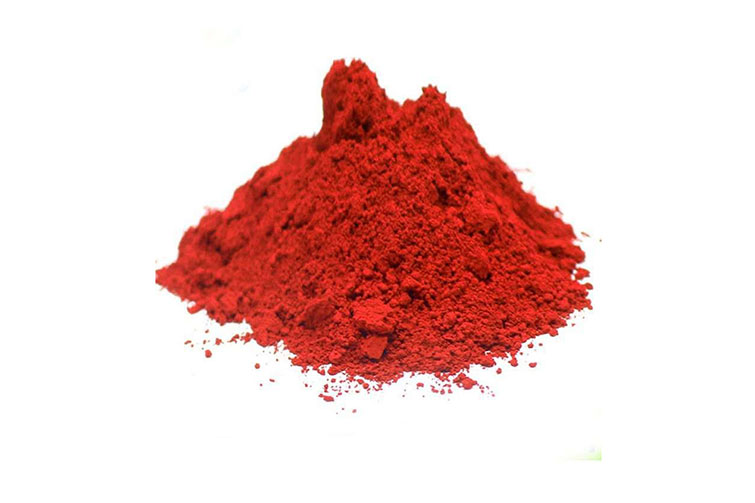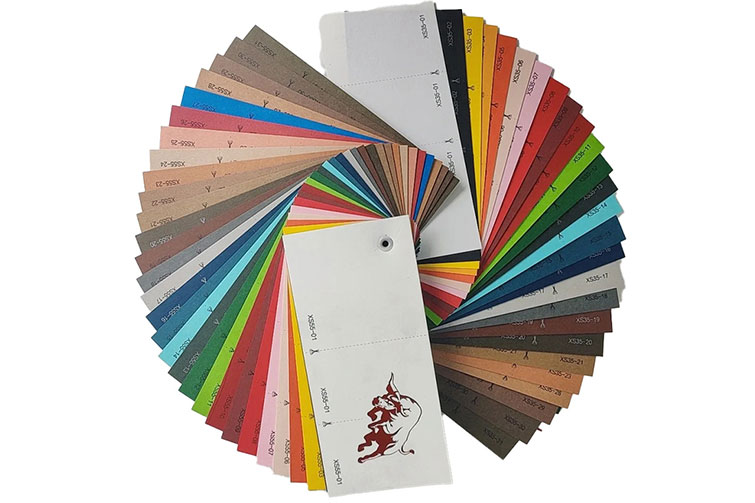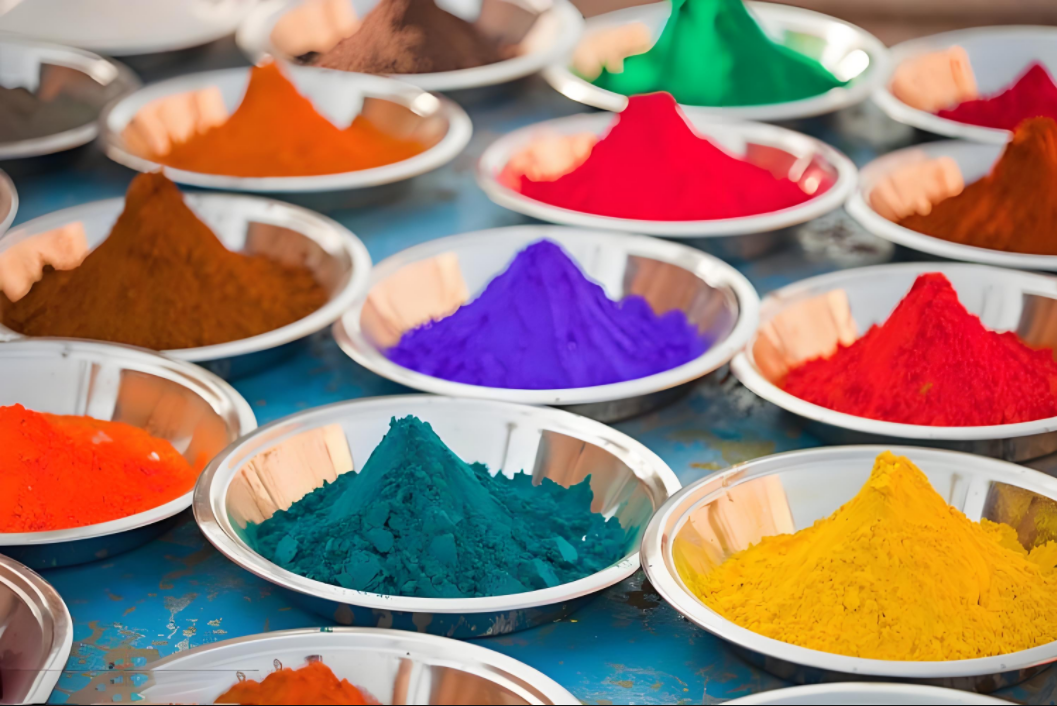

Abrasion Resistance of Washed Kraft Paper: A Study in Durability and Functionality
Washed kraft paper, known for its unique combination of strength, flexibility, and eco-friendliness, has become a popular material in industries ranging from fashion and packaging to interior design. One of its most compelling properties is its abrasion resistance—the ability to withstand wear and tear from friction and repeated use. This article explores how abrasion resistance is manifested in washed kraft paper, the factors that influence this property, and why it plays a critical role in its widespread application.
What is Washed Kraft Paper?
Washed kraft paper is made from natural wood pulp and undergoes a special washing and softening process that gives it a leather-like texture and enhanced flexibility. Despite its paper origin, it mimics the appearance and tactile feel of fabric or leather, making it a popular alternative in eco-conscious design. The washing process not only improves aesthetics but also contributes to the mechanical properties of the paper, including its resistance to abrasion.
Defining Abrasion Resistance
Abrasion resistance refers to a material's ability to resist surface wear caused by friction or rubbing. For materials like textiles, leather, and specialty papers, high abrasion resistance ensures a longer lifespan, maintaining appearance and structural integrity even after extended use. For washed kraft paper, which is often used in bags, wallets, book covers, and apparel labels, this property is especially vital.
How Washed Kraft Paper Demonstrates Abrasion Resistance
- Fiber Strength and Composition The base material of kraft paper is made from long wood fibers, typically sourced from pine trees. These fibers are strong and form a dense, interwoven matrix during the paper-making process. The washing and treatment process further compresses the fibers, tightening the structure and improving surface cohesion. This dense fiber arrangement enhances resistance to surface breakdown when exposed to mechanical abrasion.
- Washing and Finishing Treatments The washing process softens the paper while also bonding the fibers more firmly. Some manufacturers also apply surface coatings or treatments such as latex reinforcement, which increases water resistance and abrasion durability. These coatings act as a protective barrier against physical damage without compromising flexibility.
- Surface Texture Washed kraft paper typically has a smooth yet textured surface, which helps reduce the impact of friction. A rougher or fibrous surface would wear down more quickly, but the semi-smooth surface of washed kraft paper disperses contact forces over a wider area, decreasing the rate of wear.
- Thickness and Density Heavier grades of washed kraft paper (often between 150-300 gsm) tend to exhibit superior abrasion resistance due to their greater mass and compaction. This additional thickness provides a buffer zone where wear can occur without immediately penetrating or damaging the material.
Testing Abrasion Resistance
Standardized tests, such as the Martindale Abrasion Test or Taber Abrasion Test, are commonly used to assess the abrasion resistance of materials. In laboratory settings, washed kraft paper typically demonstrates moderate to high resistance in these tests, often performing comparably to lightweight textiles or synthetic leathers. The number of cycles (or rubs) the material withstands before showing signs of wear is a direct indicator of its durability in real-world applications.
Real-World Applications and Performance
The practical utility of washed kraft paper’s abrasion resistance is evident in its many uses:
- Reusable Bags and Wallets: Frequently handled and often exposed to friction from clothing or other surfaces, these products require materials that won’t quickly degrade. Washed kraft paper maintains its structure and appearance despite regular use.
- Apparel Labels and Patches: Clothing tags made from washed kraft paper endure repeated washing, drying, and contact with skin, all of which involve friction. Its resistance to pilling and tearing makes it a reliable material in fashion.
- Book Covers and Stationery: In items like notebooks, planners, and folders, the outer cover must endure constant handling. Washed kraft paper resists scratches and wear better than standard paper or cardstock.
Environmental Advantages
In addition to its physical resilience, washed kraft paper offers a sustainable alternative to synthetic materials. It is biodegradable, recyclable, and often made using minimal chemical treatments. This eco-friendliness, combined with its durability, makes it an ideal material for sustainable design practices.
Conclusion
Washed kraft paper’s abrasion resistance is a result of careful material engineering, including the selection of strong fibers, specialized washing processes, and optional surface treatments. Its ability to withstand repeated friction without significant wear makes it a practical, long-lasting, and environmentally responsible choice across many industries. As demand for sustainable yet durable materials grows, the role of washed kraft paper is set to expand, offering a viable alternative to leather and synthetic fabrics.





